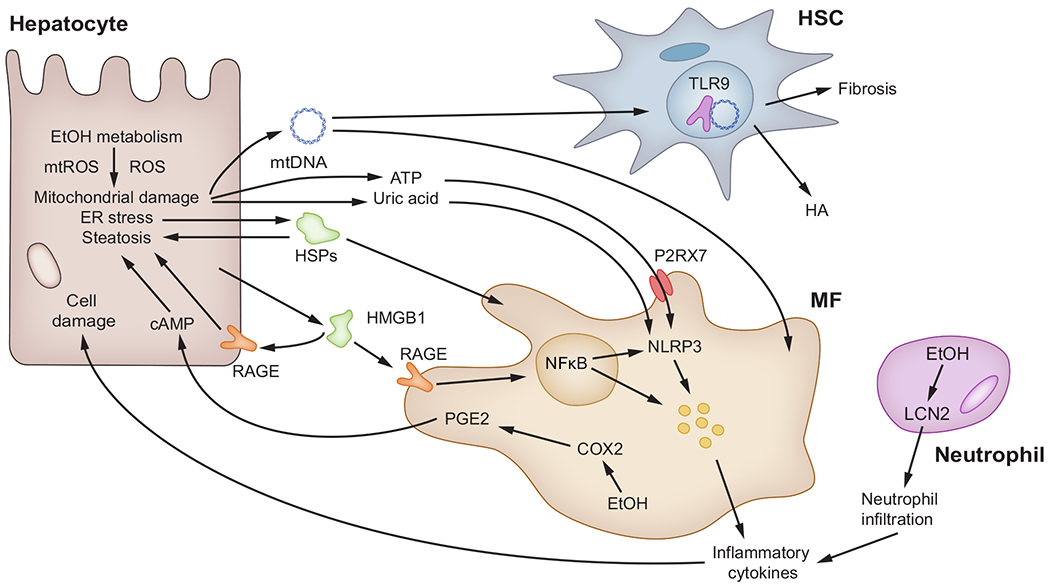Fig. 2. DAMPs promote inflammation, steatosis and hepatocyte injury in ALD.

Ethanol-induced hepatocyte injury causes release of DAMPs, including mitochondrial DAMPs (mtDNA and ATP), uric acid, HSPs and HMGB1 from damaged hepatocytes. Most of these DAMPs are recognised by MFs through RAGE, TLRs and P2RX7 and activate NF-κB and the NLRP3 inflammasome. These result in release of proinflammatory cytokines that trigger cellular injury and steatosis. HSCs release HA and are responsive to mtDNA which activates them. MFs produce PGE2 that causes steatosis via cAMP activation. Neutrophils produce LCN2 and respond to it by infiltrating the liver to exacerbate cellular injury by releasing proinflammatory cytokines. cAMP, cyclic adenosine monophosphate; COX2, cyclooxygenase-2; DAMP(s), damage-associated molecular pattern(s); EtOH, ethanol; HA, hyaluronic acid; HMGB1, high-mobility group box-1; HSC(s), hepatic stellate cell(s); HSPs, heat shock proteins; LCN2, lipocalin-2; MF(s), macrophage(s); mtDNA, mitochondrial DNA; mtROS, mitochondrial ROS; NFκB, nuclear factor kappa B; NLRP3, NOD-like receptor protein-3; P2RX7, purinergic receptor P2X7; PGE2, prostaglandin E2; RAGE, receptor for advanced glycation end-products; ROS, reactive oxygen species; TLR9, toll-like receptor 9.
